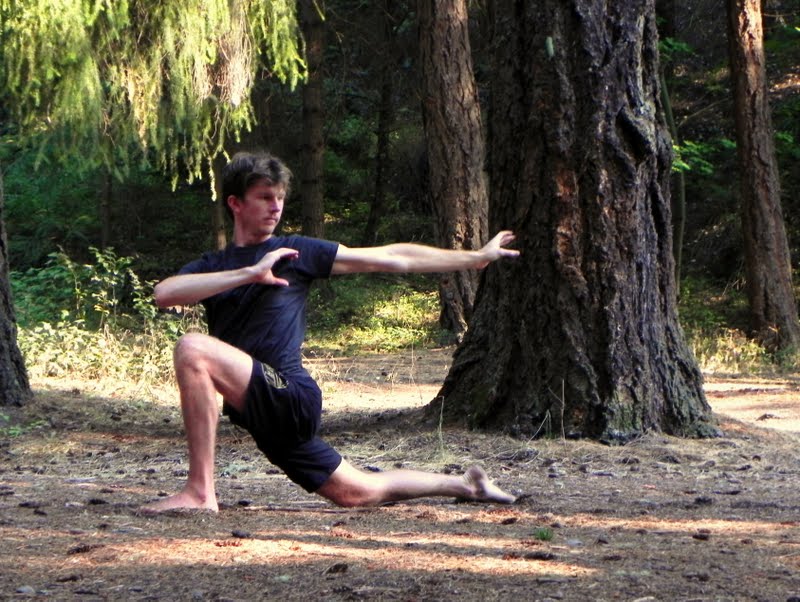Advanced Anatomy and Biomechanics for Yoga Teachers
In this one-day seminar, learn anatomy in a revolutionizing new way!

The goal of this class is to merge what is known in exercise science with yoga. I know that in many yoga circles focusing on the physical body in this way is considered short sighted. From what I have learned of the neuro-muscuolo-skeletal system I have found that the close connection between the nervous system and muscle and joints can orient our perception in ways that are beneficial to society.
Anatomy is traditionally studied by learning bones and the muscles that attach to those bones and so on. Then these are applied to yoga poses and this is called applied anatomy. Although this is convenient when learning anatomy it is not really what happens. In reality the gastrocnemius muscle weaves tighter and tighter until it becomes the Achilles tendon which weaves even tighter to become the heel bone, which unwinds again to become the plantar fascia on and on through the entire body.
Noah focuses on comprehensive capacity and movement. Comprehensive capacity is all the skills that are required for the physical practice of Hatha yoga. It includes qualities such as flowing, alignment, yin, and power. Many of the practices cultivate one of these qualities at the expense of others. The goal of these classes is to identify the qualities and the practices that lead to there cultivation.
Class Contents
- Musculoskeletal Anatomy
- Components of Connective Tissue
- Collagen Mechanics
- Skeletal System Anatomy
- Nervous System Anatomy
- Physiology of Stretching
- Bio-mechanics Basics
- Anatomy of the Spine
- Neck and Skull Alignment Principles
- Anatomy of the Pelvis
- Anatomy of the Hip joint
- Pelvic Alignment
- Neutrals and Externals
- Anatomy of Shoulder Girdle
- Alignment of the Shoulder
- Anatomy of the Knee
- Your hamstrings aren’t short
- Knee alignment
- Anatomy of the Ankles and Feet
- Alignment of the foot and ankle
- Energetic and Subtle Body Anatomy in Yoga
- Vayus: The Five Primary Forms of Movement
- Nadis: The Subtle Channels
